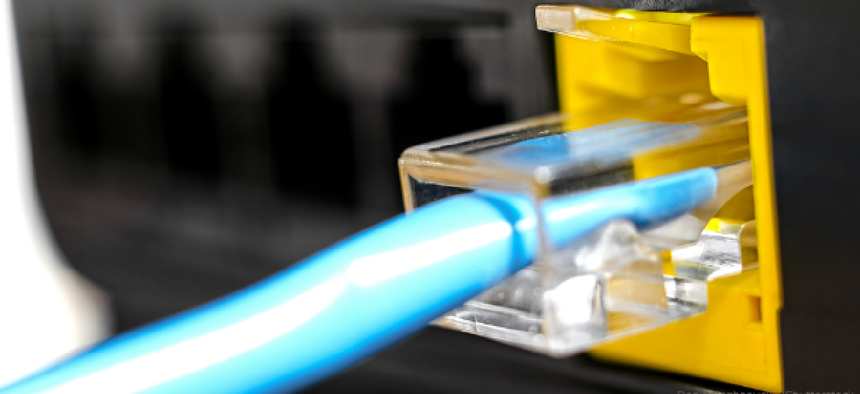Mobile, enterprise users drive US IPv6 growth


Connecting state and local government leaders
The push by the federal government and mobile carriers for IPv6 adoption has put the United States at the top of the list of IPv6 leaders despite the slow rate of consumer network upgrades.
According to the latest quarterly State of the Internet report from Akamai, Western nations are leading the way in use of next generation Internet Protocols, with Asia surprisingly lagging behind.
The amount of IPv6 Internet traffic hitting Akamai’s global content distribution network grew sharply in the third quarter of 2013, and the United States and Europe appear to dominate in adoption of the next-generation Internet Protocols.
Only one Asian nation, Japan, was included among the top 10 countries generating IPv6 traffic, with 1.9 percent of its traffic using IPv6. The United States was in fifth place with 4.2 percent.
“IPv6 uptake in Asia was not as high as we expected it to be,” said David Belson, Akamai’s senior director of industry and data intelligence and lead author of the report. “That was surprising, given the shortage of IPv4 addresses,” in that region.
A limited number of IP addresses are available in Version 4 of the Internet Protocols, and those are beginning to run out. Increasingly, large allocations of addresses are being made from the much larger pool of IPv6 addresses. Because the two versions are not compatible and Internet connected systems have to be readied for the new protocols, many vendors, carriers and infrastructure operators are tracking their adoption closely.
In the United States, federal agencies are required to accept IPv6 traffic on all public-facing systems. Agencies must upgrade applications that communicate with public Internet servers to use native IPv6 by the end of the 2014 fiscal year.
The reason for the higher rate of adoption in the Western countries appears to be leadership from mobile carriers as well as government. “It was good for them to put out a deadline” for enabling IPv6 in government systems, Belson said of the U.S. government. But the largest driver is adoption of the protocols by large mobile carriers. Because of quick market growth and a high turnover rate for devices, mobile users are in the forefront of IPv6 adoption, whether they know it or not.
Still, adoption of the new protocols in this country remains spotty. Comcast, the nation’s largest Internet service provider, reports that 25 percent of its customers are provisioned with dual-stack broadband connections supporting IPv6. But consumer hardware such as routers and cable modems tend to stay in place longer than mobile devices, reducing the rate of adoption of the new protocols.
One interesting pattern found by Akamai in IPv6 traffic is that volumes drop each Saturday, meaning that there probably is a higher level of IPv6 adoption on enterprise networks as opposed to consumer ISPs.
Although Internet growth is expected to be in the IPv6 address space, IPv4 is not yet dead. Akamai identified almost 761 million unique IPv4 addresses hitting its network in the third quarter, a growth of 1.1 percent over the previous quarter and a surprising 11 percent increase over the past year.
The United States, which has the largest allocations of IPv4 addresses, saw the number of IPv4 addresses grow by 9.3 percent over the past year.
This growth and the slow, spotty uptake of IPv6 mask the fact that the pool of available IPv4 addresses continues to shrink. ARIN, the American Registry for Internet Numbers, is down to its last two/8 blocks of IPv4 addresses of 16.7 million each, making large pools of the addresses difficult to obtain. Inevitably, IPv6 will be growing.




